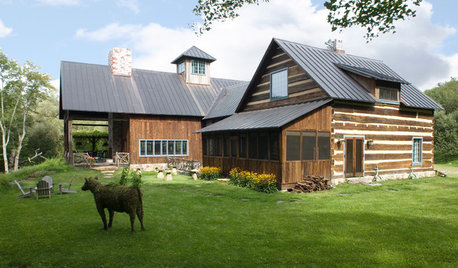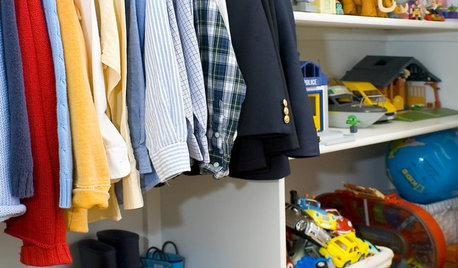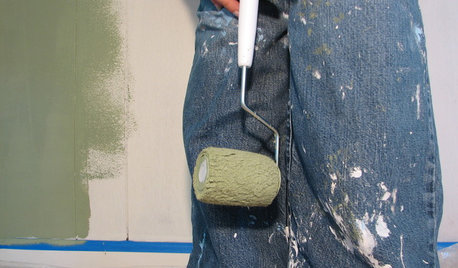Help me figure out what I'm doing wrong!
SproutingLexi
10 years ago
Related Stories

Figure Out Your Art Style
Bemoaning bare walls but flummoxed by all the choices for art? Here's help deciding on a style
Full Story
ORGANIZINGDo It for the Kids! A Few Routines Help a Home Run More Smoothly
Not a Naturally Organized person? These tips can help you tackle the onslaught of papers, meals, laundry — and even help you find your keys
Full Story
LIFEThe Polite House: Do I Have to Display Decor Given to Me as a Gift?
Etiquette columnist Lizzie Post tackles the challenge of accepting and displaying home decor gifts from frequent visitors
Full Story

LIFEYou Said It: ‘The Wrong Sink Can Make You Hate Your Kitchen’
Design advice, inspiration and observations that struck a chord this week
Full Story
LIFEYou Said It: ‘Every Room Should Have the Right Wrong Thing’ and More
This week on Houzz we were inspired to break out of catalog styling ruts and let our design freak flags fly
Full Story
PAINTINGHelp! I Spilled Paint on My Clothes — Now What?
If you’ve spattered paint on your favorite jeans, here’s what to do next
Full Story
GARDENING GUIDESWhat's Wrong With My Plant? Leaves Often Hold the Clues
Learn how to identify common plant ailments by reading their leaves
Full Story
COLOR8 Color Palettes You Can't Get Wrong
Can't decide on a color scheme? Choose one of these foolproof palettes for a room that feels both timeless and fresh
Full StorySponsored







jutsFL
jutsFL
Related Professionals
Holly Springs Landscape Architects & Landscape Designers · Ashburn Landscape Architects & Landscape Designers · Rancho Palos Verdes Landscape Architects & Landscape Designers · Barrington Landscape Contractors · Brooklyn Park Landscape Contractors · Emmaus Landscape Contractors · Lake Saint Louis Landscape Contractors · Natick Landscape Contractors · Pueblo West Landscape Contractors · Roseville Landscape Contractors · Selden Landscape Contractors · Tavares Landscape Contractors · Vineyard Landscape Contractors · Winter Gardens Landscape Contractors · Shenandoah Landscape Contractorsseysonn
thepodpiper
woohooman San Diego CA zone 10a
SproutingLexiOriginal Author
woohooman San Diego CA zone 10a
thepodpiper
woohooman San Diego CA zone 10a
SproutingLexiOriginal Author
SproutingLexiOriginal Author
woohooman San Diego CA zone 10a
SproutingLexiOriginal Author
woohooman San Diego CA zone 10a
SproutingLexiOriginal Author
thepodpiper
SproutingLexiOriginal Author
woohooman San Diego CA zone 10a
DMForcier
SproutingLexiOriginal Author
woohooman San Diego CA zone 10a
SproutingLexiOriginal Author
Sam_thepepperman
tapla (mid-Michigan, USDA z5b-6a)
SproutingLexiOriginal Author
tapla (mid-Michigan, USDA z5b-6a)
DMForcier
SproutingLexiOriginal Author
DMForcier
tapla (mid-Michigan, USDA z5b-6a)
SproutingLexiOriginal Author
tapla (mid-Michigan, USDA z5b-6a)